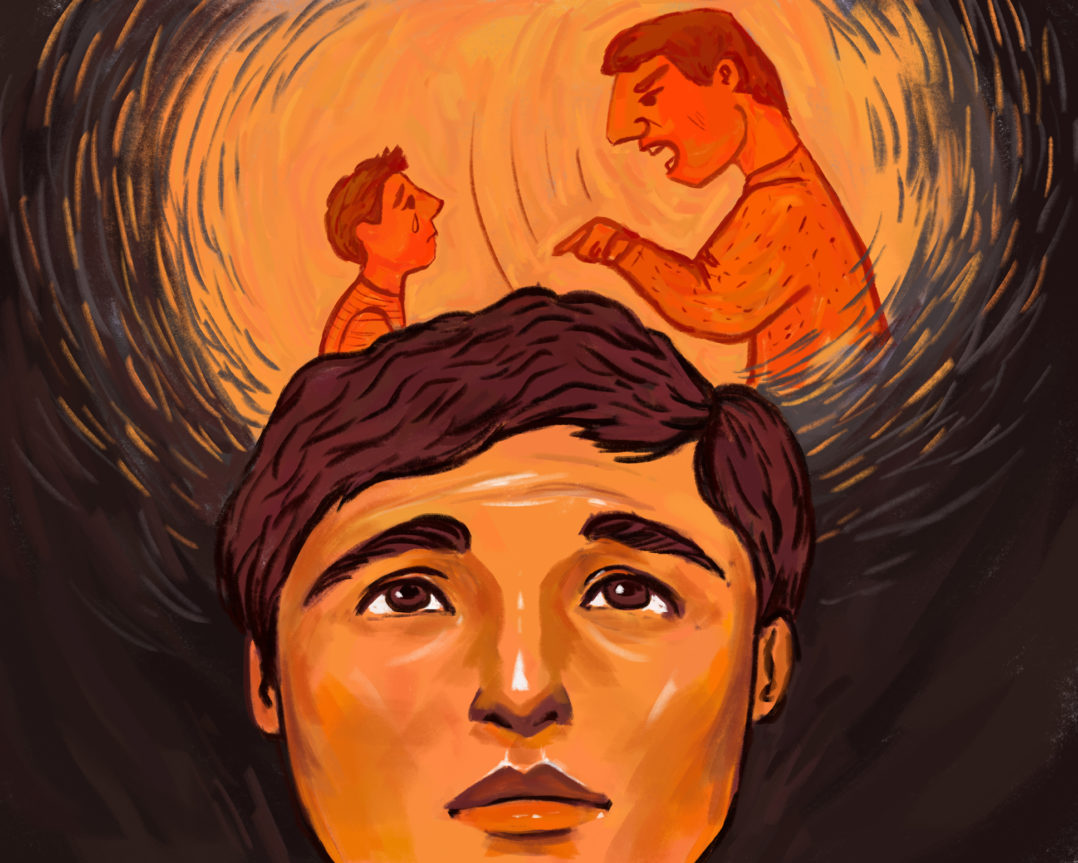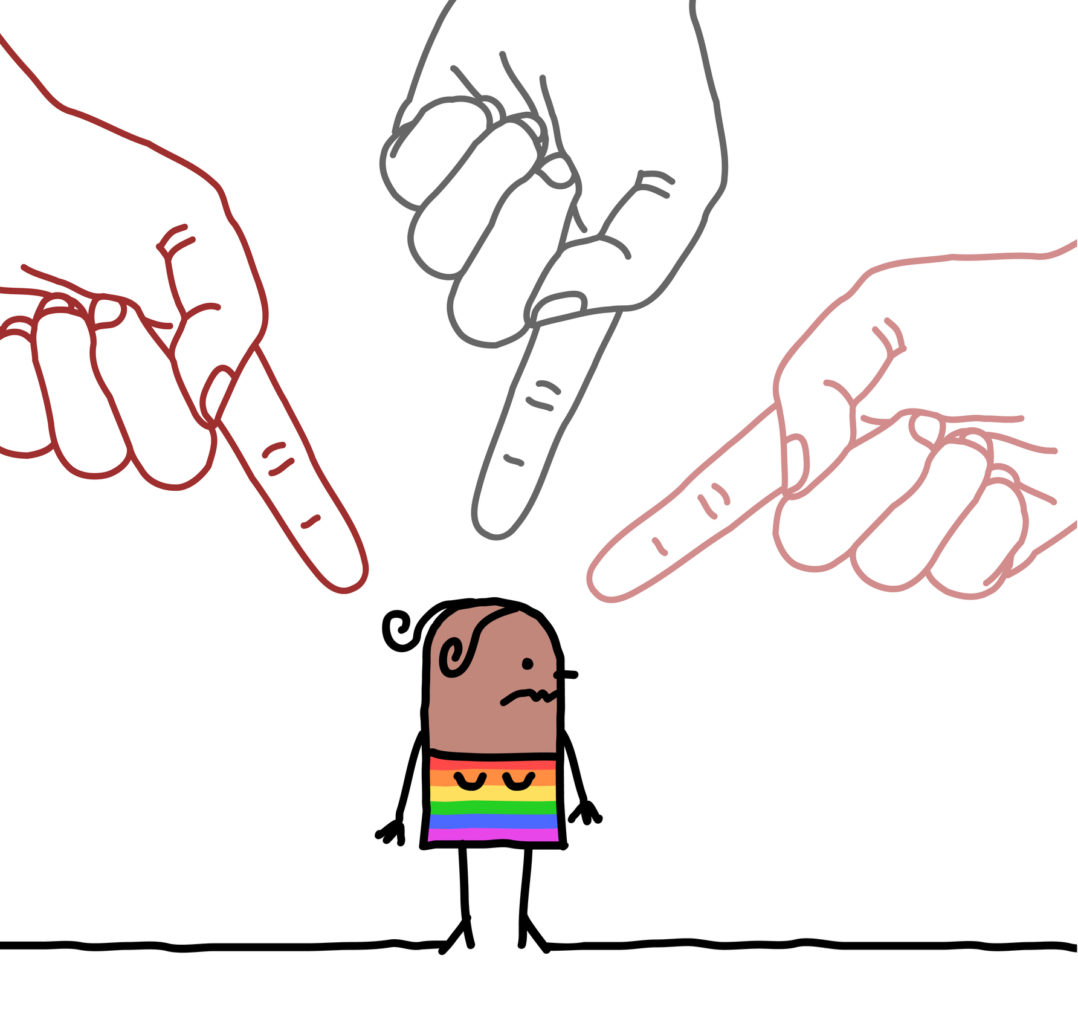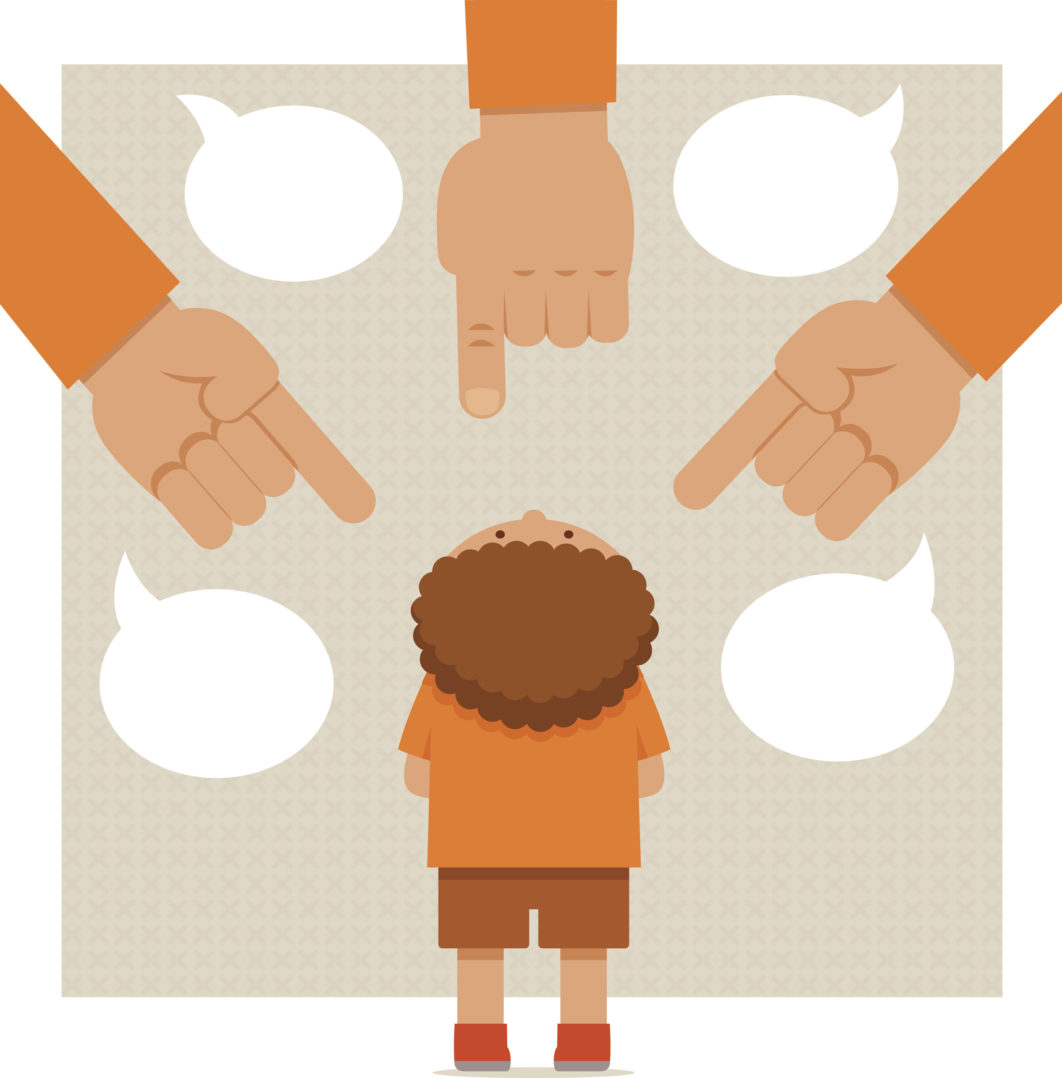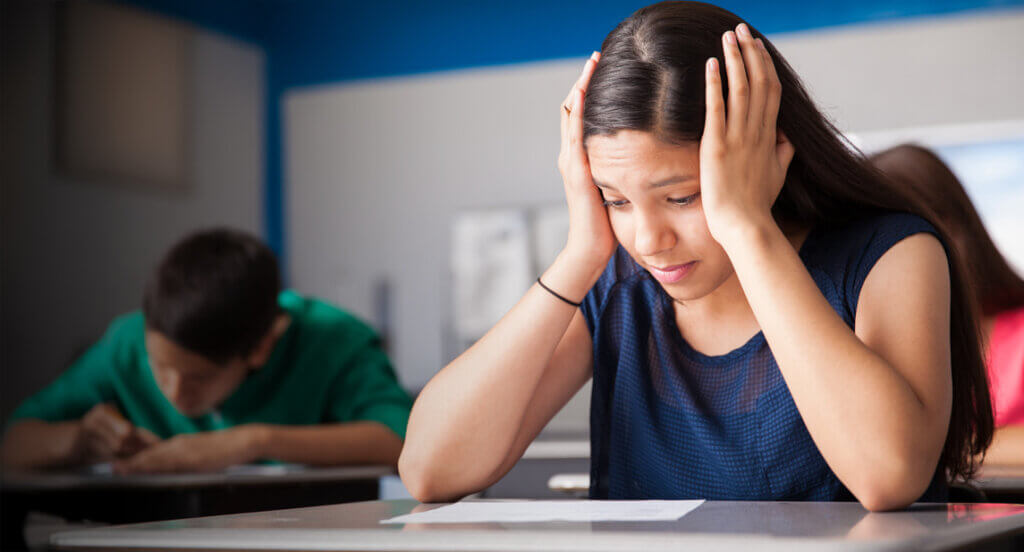A Look at the Disproportionate Impact of School Discipline on Children of Color in Pennsylvania
No doubt there are moments when inappropriate behavior at school needs to be addressed. But for decades, civil rights organizations have been calling out bias toward and discrimination against those who are most likely to be punished or excluded and noting the negative impacts it has on the recipients and the community at large.
Edwin Desamour, a former felon-turned-prominent Philadelphia educator, is one of them. Expulsions, he says are likely the worst kind of punishment, and he’s tired of hearing parents, especially in urban communities, accept them as normal.
“They need to get an advocate to speak up for the child and find out what went wrong,” he says. “Could their child have been saved or did the schools take steps before this happened?”
After serving an eight-year sentence for homicide—tried as an adult for a crime he committed as a teenager—he created Men in Motion in the Community (MIMIC), which seeks to advocate for young men of color and give them the social, emotional, and logistical supports they so often lack in school and in today’s society. From 2017 until spring of 2021, he served as the dean of his alma mater, Stetson Middle School in Philadelphia, where decades earlier, the dean expelled him. During that time, he tried a number of advocacy and restorative justice practices to first get to the bottom of alleged incidents and, when needed, deal with conflicts and inappropriate behavior inside of school.
This past year, he contributed some of his own testimony to a 285-page report by the Pennsylvania Advisory Committee of the U.S. Commission on Civil Rights looking into this issue for its own school system. While all states saw similar trends in who is most likely to be disciplined or arrested, the data for Pennsylvania was especially striking. It ranked third in the nation for highest arrest rates in the country from 2015 to 2016, and it ranked second in the nation in arrest rates for both Latino and Black students.
“I’m a big believer in looking at the obstacles that are put in the way of our children and asking how we can move them so they can go forward,” says Desamour.
The report offers the data on just how many obstacles there are for some children.
“The disproportionate imposition of these policies on students of color, students with disabilities, and students who identify or are perceived as lesbian, gay, bisexual, transgender, and/or queer (LGBTQ), coupled with expanded security measures and the presence of police in schools, have contributed to the grave disparities in our education system today,” notes the report, Disparate and Punitive Impact of Exclusionary Practices on Students of Color, Students with Disabilities and LGBTQ Students in Pennsylvania Public Schools. It added that a disproportionate increase of punishment on already disadvantaged groups of students could be correlated to the zero-tolerance legacy of the 1994 Gun-Free Schools Act. That law mandated minimum disciplinary procedures to deter potentially violent student conduct.
The report draws from data collected within the Commonwealth of Pennsylvania during two public briefings in November 2019, as well as from public comments and submitted written testimony, like that of Desamour. It also draws comparisons with data collected across the country.
The problem, the report finds, is that the law was “interpreted broadly at the state level, leaving room at the local level for determinations of dangerous conduct based on implicit and explicit biases.”
The report notes that Black students are three times more likely to be expelled than their White peers, while students with disabilities receive out-of-school suspension twice as often as those without them. It also finds that behavioral incidents do not decrease with a police presence in school or create a climate of campus security. On the contrary, this practice has led to a greater number of arrests for low-level offenses and higher rates of suspension.
“These disparities are the result of different treatment, not different student behavior,” the report states.
The Disproportionate Impact on Students of Color

The report affirms that while disciplinary action against students of color is especially high, the stereotype that these students engage in more delinquent activities than their White peers is unfounded.
“Studies have shown that Black and Latinx students do not violate the law at higher rates than White students, which implies White students are not punished at the same rate as Black and Latinx youth when they display delinquent behaviors,” the report notes.
The report goes on to explain that socioeconomic status is more likely to correlate to suspension and expulsion, but this still impacts students of color more frequently because there are a disproportionate number of them living in low-income situations. At the same time, criminal stereotypes play a role in educators’ perceptions and their likelihood of disciplining students of color regardless of their economic status.
The data for Pennsylvania showed that Black male students in the Commonwealth received out of out-of-school suspensions six times more often than all other students combined, and they were four times more likely to be arrested than White students. Black female students in the Commonwealth were five times more likely to be arrested than their White peers.
All of this is compounded for those whose identities intersect with other disproportionately disciplined groups of students. Those include students who are Black or Latinx and have a disability and/or who identify as LGBTQ, who are also more likely to experience bullying and harassment.

A Growing Call to Remove Police from School and Limit Suspensions
“No established body of research supports the implementation of harsh discipline policies to create effective learning environments,” the report said, and some school districts are starting to make changes accordingly.
For Desamour, a shortage of educators and a lack of social and cultural training has contributed to this issue. Many of the teachers working at Stetson Middle School come from other communities, and so it takes them time to learn about and see first-hand the complex lives many of these students are facing.
“These kids have got to wake up to hearing their parents fighting all night or their mom being beaten. They got to walk outside to a drug addict or hearing a shooting,” he notes.
A growing societal awareness around police brutality and concerns that bias and structural racism have led to a school-to-prison pipeline, have prompted many school districts to discontinue their contracts with local law enforcement. For example, major cities such as Minneapolis, Denver, Portland, and Milwaukee no longer allow daily policing of schools. These moves have also prompted school systems to reconsider the effectiveness of other forms of exclusionary discipline, such as suspension.
“Students who are suspended become at risk for future forms of exclusionary discipline, significant loss of instruction exacerbating any pre-existing academic difficulties, and an increased likelihood of becoming incarcerated,” the report states. “These students are highly susceptible to school discipline due to a lack of culturally competent school policies, often displayed in student codes of conduct, which perpetuate a narrow definition of expected and acceptable student behavior.”
To counter these issues, the Pennsylvania Advisory Committee recommended an expansion of Positive Behavior Intervention Supports (PBIS), which can include trauma-informed, restorative practices aimed at repairing relational behavior. The report also recommended banning exclusionary discipline for non-violent offenses, improving the data collection surrounding school discipline practices, and committing greater funding to providing these alternatives and creating a positive school climate.
And while the report itself doesn’t go into great detail about what these practices can look like, Desamour was happy to share some of his own best practices. He says some students become so emotionally run down that they begin to look for ways to get expelled. That, in turn, puts them at greater risk of losing out on academic success and for getting into trouble on the street.
As such he looks for ways to get them to talk about what’s really happening or what might have led to a conflict. Prior to becoming an educator, Desamour cut hair for a living, so he actually established a barber shop in his office. Haircuts lead to conversations, and they also create the potential for building self-esteem. Plus, Desamour knew how to craft all kinds of slick hair styles and cuts, so as students changed their behavior, they got rewarded with cooler cuts.
If a young person was manifesting a lot of anger, he’d ask them to write down the root of it on a piece of paper, tape it to a punching bag, and then pound on it.
“Some of them will start crying and fall on the floor, so I give them some water and let them ride it out a bit while I put on some blues music,” says Desamour, who recently accepted a position as the executive director of the Philadelphia-based community center Lighthouse Inc.
Conclusions and Recommendations
Findings like these seem to be leading to significant legal change, the report said, noting that as of Fall 2017, 31 states had laws limiting suspension and 32 states had laws encouraging restorative justice practices. These policy changes, notes the report, improve graduation rates and save society money. In fact, it estimated the lifetime economic impact in social and governmental costs of non-graduates at $35 billion.
Desamour says none of the findings of the report were surprising, but he was glad to see the Commonwealth take on this issue.
“We’re finally putting in words, in language, what’s going on. We’re finally acknowledging it,” he says.
This story is part of UnidosUS’s ongoing coverage of school discipline policies and practices across the nation. This fall, UnidosUS will be releasing some of its own findings and policy recommendations for this topic.




